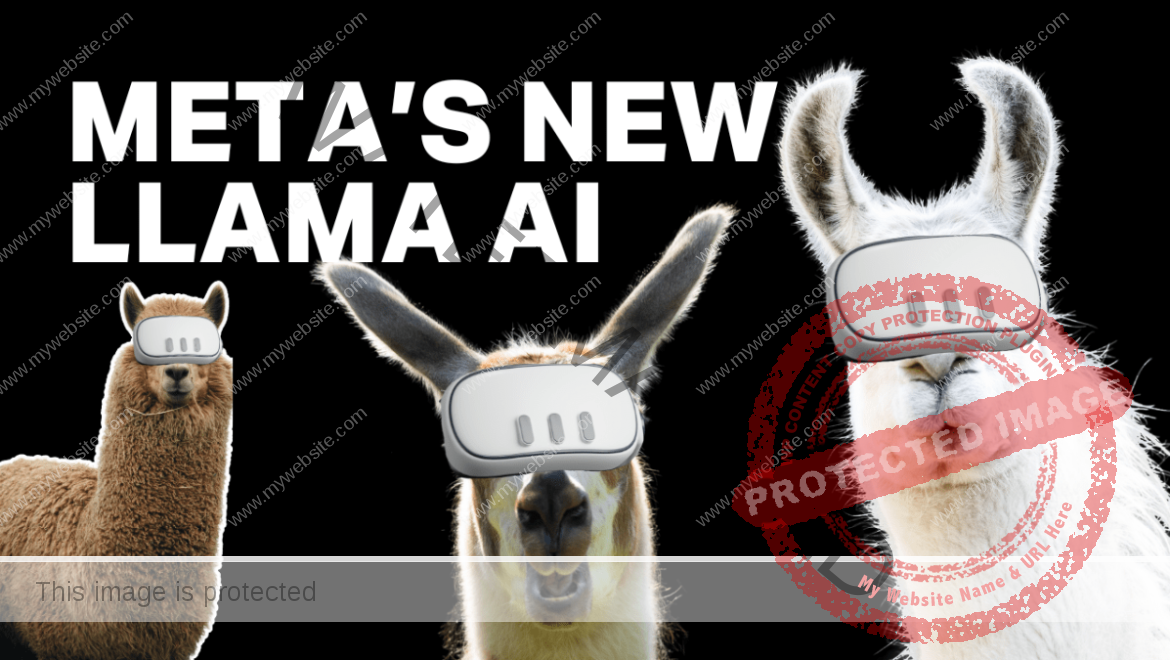Watch: Why Perplexity AI could be worth up to $3B
Perplexity AI‘s latest, large fundraising event could be quickly superseded by another, even larger chunk of capital, TechCrunch reports. Yes, the $62.7 million that the startup raised at just over a $1 billion valuation could be quickly stomped on by a raise of as much as $250 million at a valuation that is up to 2.5 to 3x larger.
What’s going on? Quick revenue growth at the company that has reportedly reached around $20 million worth of annual recurring revenue. Sure at $1 billion that’s a 50x revenue multiple, but if the company is on a quick enough growth pace, investors paying up to 150x for its current ARR might not be as insane as it looks on paper, even if similarly priced bets back in the 2021-era often struggled.
The hype around Perplexity is a big deal, because it shows that some startups are doing well enough to attract outsized venture investment. Good. A concern that I have had for some time is that the AI boom would wind up merely enriching incumbents and not lifting enough startups up to create a new class of tech giants; my view is that having a permanent class of tech gods is not the best way to drive long-term innovation. And I think that search, in general, is a good indication of what happens when technology giants fail to meaningfully compete with one another.
So, news from Amazon and Microsoft and Meta and Adobe in the AI realm felt like a reminder this week that Big Tech is going to try to eat the AI moment. Perplexity, to bastardize Star Wars, could be among our key hopes to avoid merely seeing Microsoft or Alphabet add another trilly to their market cap. Hit play, let’s have a chat!

















